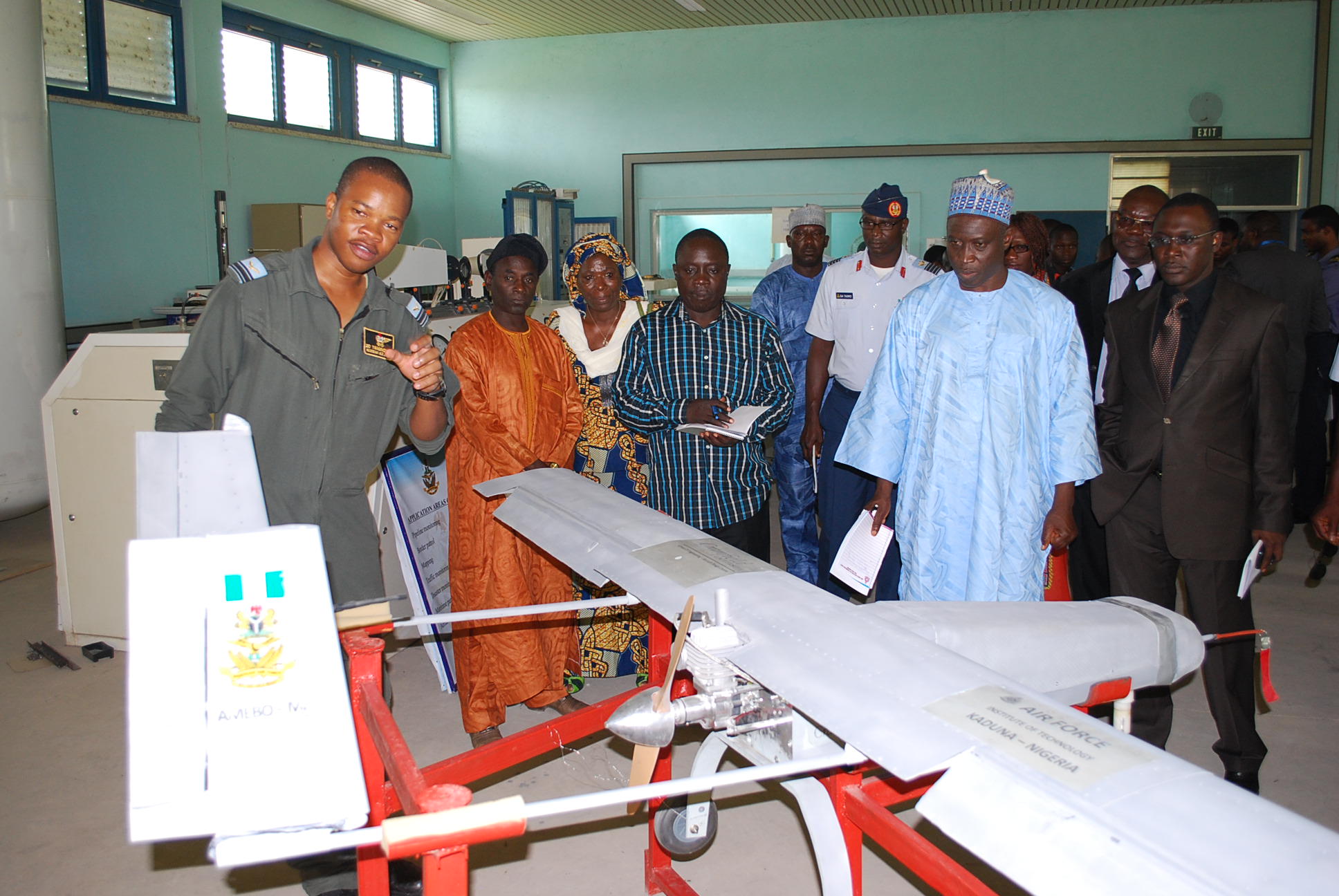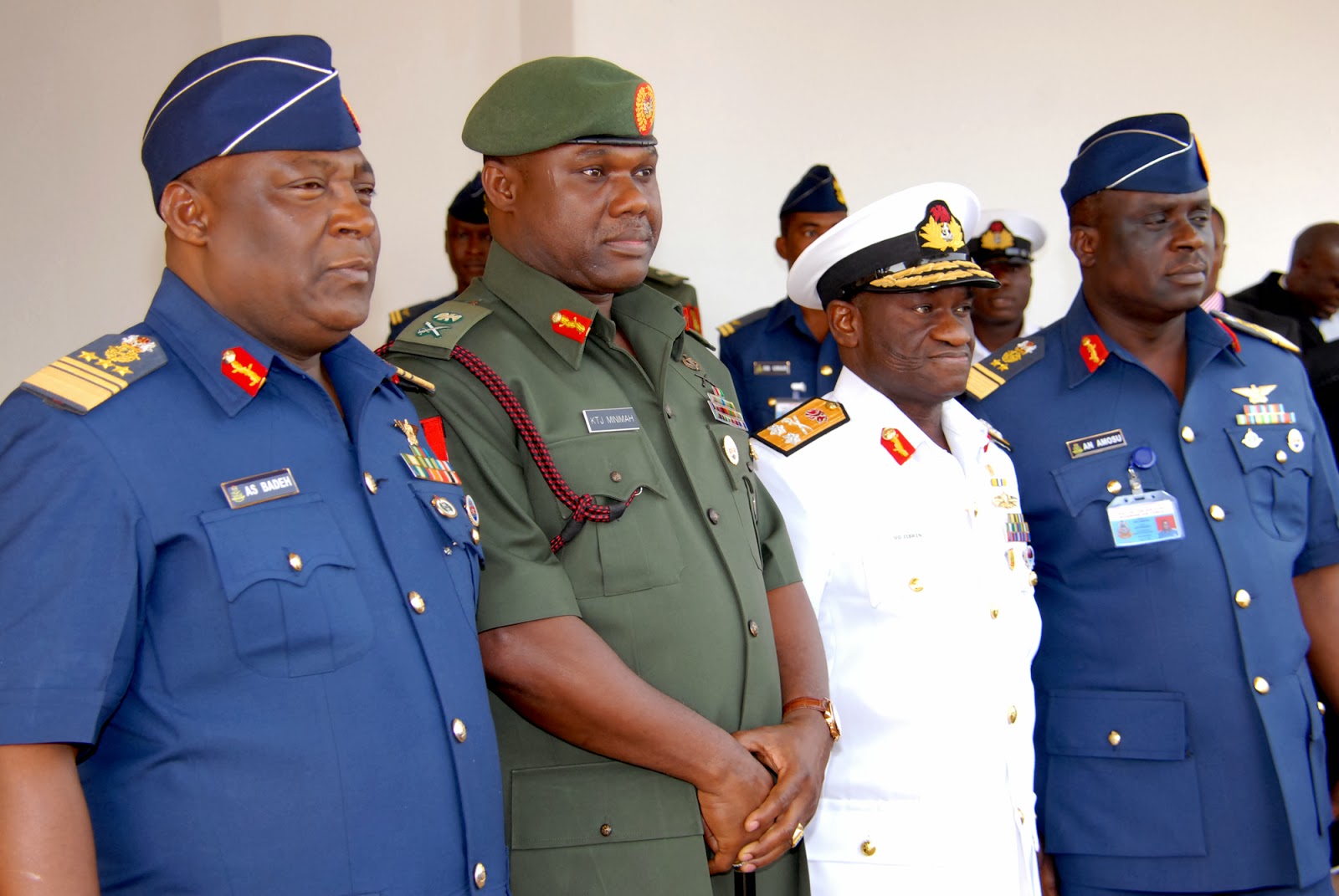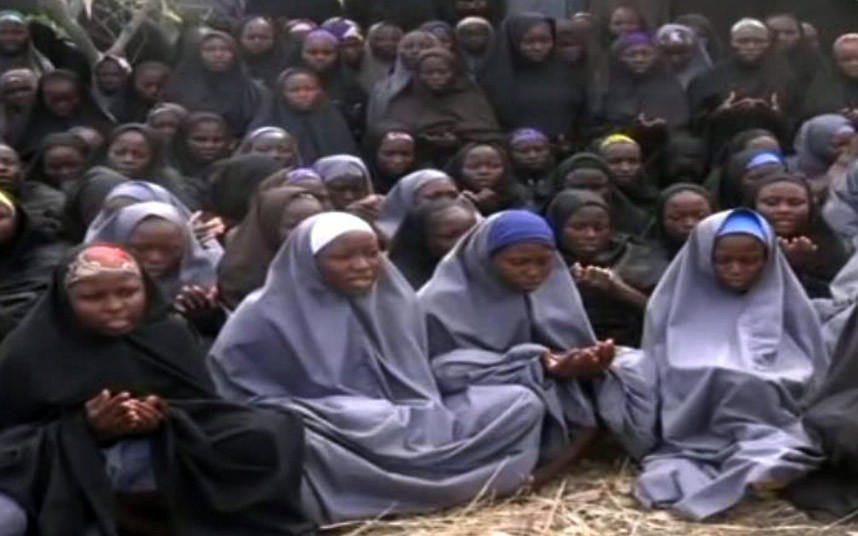What do drones have to do with military tactics and media reporting in the ongoing search for over 200 schoolgirls abducted by Boko Haram in Chibok? Possibly everything, according to three experts
As the search continues for over 200 girls kidnapped from their school on April 15 in Chibok, northeastern Nigeria, amid rising tensions, experts say the use of drone technology could have given the military a head start, as well as a grip on the operations of Boko Haram.
Drones, also known as Unmanned Aerial Vehicles or UAVs, are widely feared for their association with warfare, but now find increasing uses including precision agriculture, archaeology, disaster management and monitoring poaching in Africa.
The schoolgirls were herded through the nearby Sambisa forest by their abductors, a situation that could have been monitored by military-grade drones, says Ben Kreimer, a researcher at the University of Nebraska-Lincoln’s Drone Journalism Laboratory.
Advertisement
“Since the kidnapping happened at night a drone containing a special non-visual wavelength camera, like a thermal infrared camera, may have been able to photograph the girls and kidnappers before they reached the forest,” he said.
Matthew Schroyer, co-founder of Drones for Good, a trans-disciplinary initiative that seeks to solve humanitarian problems using unmanned technologies, cited the work of renowned search-and-rescue volunteer Gene Robinson in the United States.

Robinson has used drones to locate people who have been missing for 30 days or longer in just 30 minutes.
Advertisement
“It is difficult to say how much drones may have helped here, given the circumstances of this particular case. But in general, UAVs have a strong record of helping locate missing persons, when they are not observable by people on the ground,” Schroyer added.
A few hours after the Chibok kidnapping, AfricanSkyCAM, the continent’s first drone journalism initiative, published a major project in Kenya.
Dickens Olewe, who heads AfricanSkyCam, is certain UAVs would have given Nigeria the advantage of its security forces deploying faster, as drones can be dispatched with minimal manpower to quickly gather initial intelligence on the kidnappers’ movements.

“There is software that can be installed in the drone to capture information, including a near-accurate count of the number of people, especially in public spaces where the crowd is controlled… the military drones can fly for long and have specialized systems; civilian UAVs have limited capacity,” he said.
Advertisement
Schroyer agreed, saying the Sambisa forest would present a challenge because trees can be difficult to detect and avoid if self-flying and robotic UAVs are operating at a low altitude while flying at a higher altitude would mean people on the ground would not be spotted if the tree cover is dense.
However, sensors, such as the FLIR (“Forward Looking Infrared”) camera can pick up heat off of a person.
Police in Canada once use a FLIR-equipped drone to find the injured victim of a car accident.
“This person went undetected by manned search helicopters, and likely would have frozen if not found by the drone,” Schroyer explained.
Advertisement

Drones, Chibok and Nigerian journalists
As the incident entered its third week, activists were planning to mobilize 50,000 volunteers to storm the Sambisa forest area, while journalists received criticism on social media over the varying figures given for the missing girls, as well as a trickle of images – a situation where drones would have provided, and can still provide tremendous assistance.
Advertisement
For instance, a drone owned by Pinit Asavanuchit, a Thai man, filmed fatal anti-government protests in Bangkok last year.
The footage was picked from YouTube by media organisations including Forbes, CNN and the BBC, which now operates its own drones.
Advertisement
Journalists or individuals with drones would ideally have worked with law enforcement agencies to gather and share intelligence, although such knowledge sharing may hinder their “ability to publish certain data based on the law enforcement agency’s requests, perhaps to prevent the disclosure of a rescue operation,” Kreimer said.
For Olewe, given the dangerous nature of this developing story, a scenario where journalists’ drones compete with the military’s equipment for airspace is not an option.
Advertisement
Instead, drones could aid follow-up reporting – after security has been established in the area the girls rescued – “to piece together what happened on the day of the attack using witness accounts, compelling aerial shots of the area of operation and the military challenges, to answer the many questions we have now”.
Follow me @RGAMeyer
Add a comment






